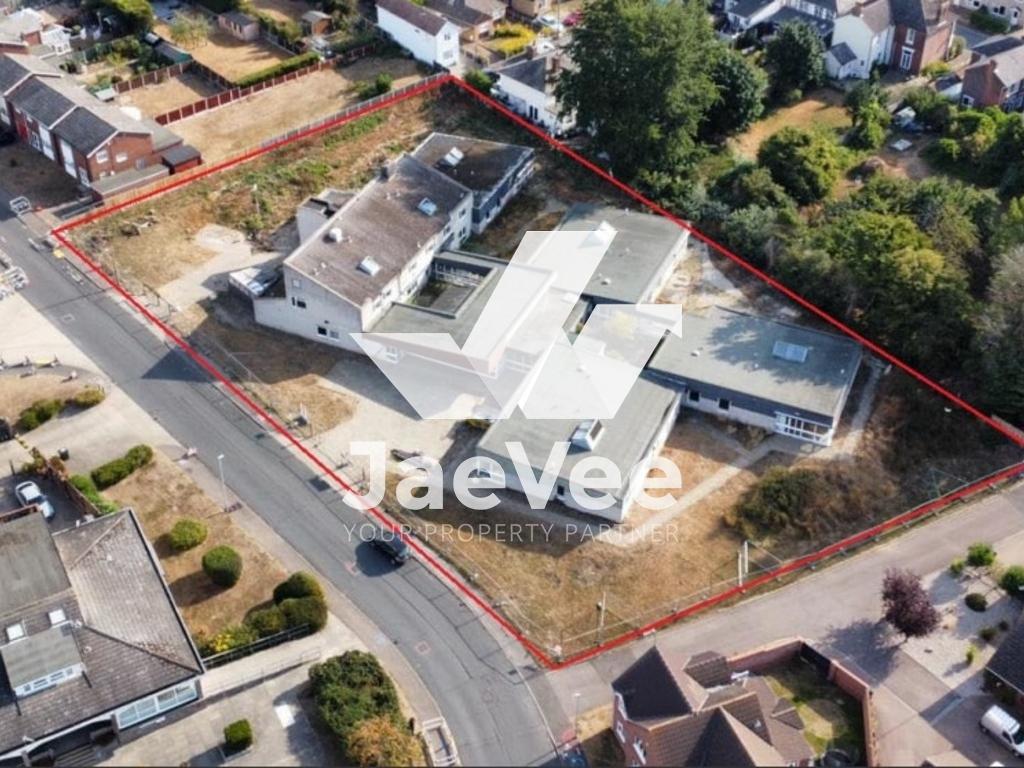Introduction
Finance ministers seem to relish in announcing drastic changes when announcing their budgets, regardless of the dramatic market reactions that can occur in response. Kwasi Kwarteng’s ‘mini’ budget is a prime example of this, increasing the need for a safer approach.
This time though, the government was careful to drop hints and release small tidbits of information in the weeks leading up to the latest announcement, meaning that investors were already aware of information regarding higher taxes and reduced spending. The week before the announcement showed that, according to GDP data, the UK economy shrank during the third quarter, with inflation data revealing consumer prices to be rising at their fastest since the 80s. Despite this, both the pound and the Gilts market took both sets of data in their stride; a testament to the expectations of watchful investors.
Jeremy Hunt’s opening words were to acknowledge the efforts of the Office of Budget Responsibility (OBR) and to outline its forecasts. In this statement, the chancellor surmised that the OBR believes the UK to be in recession already. However, the worst effects of this recession are yet to be fully experienced. For example, whilst the unemployment rate remains near 3.6%, it is forecast to rise to 4.9%. The Bank of England is also set to continue raising rates as unemployment and prices continue to rise.
This, unfortunately, does not provide much rest for the housing market, although Stamp Duty cuts will remain until 2025. The upside of this is that the housing market will benefit from this incentive for some two and a half years – it’s likely that this will mitigate price falls feared as a result of the wider economic downturn.
Investors Propspective
From an investor’s perspective, the main news concerned a reduction in the dividend allowance from £2,000 to only £500 over the next two years. Expectations had been for a cut to £1,000. More surprising was a drastic cut to the Capital Gains Tax allowance. This currently stands at £12,300 but will fall to £6,000 next year and to £3,000 in April 2024. By this point, the Capital Gains Tax allowance will be at its lowest figure since 1981. It also means that many assets liable to Capital Gains Tax which are set to continue increasing in value, Capital Gains Tax becomes more of a focus than ever before. The fact that these measures are being proposed by a Conservative government only serves to emphasise the size of the hole that needs to be filled.
One goal highlighted by the chancellor was to fill a £55bn fiscal shortfall so that the government can point to falling debts as a proportion of the overall economy in five years’ time. This has been achieved, with the added benefit from a political perspective that the bulk of the pain will be felt towards the end of the period. The fiscal consolidation mentioned was targeted, as expected, at those with the broadest shoulders (financially speaking), meaning that the bulk of the tax rises will be paid by big businesses.
Taxes
As expected, stealth taxes are a large part of Hunt's plan. By freezing taxation thresholds for another two years, many more people will be dragged into higher rate tax bands. This means financial planning becomes more important than ever for the majority of the UK. Pension contributions can be used to lower income levels, whilst Enterprise Investment Scheme (EIS) and Venture Capital Trust (VCT) investments can provide tax relief to lower a potential income tax bill for those who are able to accept the associated higher levels of risk.
The extension of the windfall tax on energy companies, from 25% to 35% and a 45% levy on electricity generators, will raise £14bn next year alone. Higher earners were targeted, as predicted, but most will be relieved that the measures were limited to an extra £100 a month of income tax for those earning more than £150,000 a year.
The cut in the Capital Gains Tax (CGT) allowance from £12,300 to £6,000 next year and then to £3,000 is preferable to aligning the capital gains and income tax bands. Gains are still treated extremely favourably, with a higher rate of 20%, and 28% for property. It is even more important now to ensure the use of the CGT allowance each year, especially if selling assets at any point in the future is desirable. ISAs and pensions are sheltered from CGT and should be utilised where appropriate.
This will not just affect those looking to sell shares or business assets. Landlords or second homeowners will see more of their assets exposed to rates of 28%. Tax-free dividends will also largely be a thing of the past outside of ISAs, with the already much reduced £2,000 allowance to be halved in both of the next two years.
Inheritance Tax
The nil-rate band for inheritance tax is currently £325,000, with anything exceeding this being subject to 40% tax. In the March 2021 Budget, it was announced the current Inheritance Tax rate and tax-free allowance would be frozen until April 2026. In the most recent Autumn Statement, it was announced that the freeze on Inheritance Tax will be extended for a further two years, until 2028. Whilst there were no other explicit changes to this tax, the freeze is likely to generate an even higher level of revenue for the UK government, with the OBR anticipating a £7.8 billion collection in the 27/28 tax year.
Housing Market
The OBR forecasts that UK house prices will fall by up to nine percent between the fourth quarter of 2022 and the third quarter of 2024, largely driven by higher mortgage rates as well as the wider economic downturn.
Despite this forecast, markets have been relatively calm in reaction to the Autumn Statement. There has been a slight uptick in gilts (Government issued bonds), and a slight dip in the pound, but the changes are marginal indicating that the Chancellor has done enough to restore some of the UK economy's fiscal credibility. The release of the budget has also looked to stabilise the housing market as well.
The stamp duty cuts remaining until 2025 is great news for the housing market and will encourage more people to get on to the housing ladder or move house while the cut (relief) is in place.
With regards to JaeVee’s property development investment strategy, we focus on 3 diverse sectors - Residential, Industrial and Care.
With regards to Residential, we factor into our feasibility studies and projected returns when acquiring a site that the potential property value could drop between 5-10% hence the forecasted profits already take this into account. It’s economies of scale; if the end-user property values are lower, then the land acquisition purchase price is lower - it’s all relative. Ultimately, as long as the margins remain the same then there’s no impact on development profits as long as property developers buy well.
It goes without saying that there’s still an undersupply of residential properties for the next 10 years based on predicted marriage, birth and death rates. The state of the economy does not change the fact that people still need homes and that there is an undersupply of them.
With regards to Industrial and Care, both sector end market values are driven by rental income. Since there’s such a large undersupply of both industrial units and care beds (up to 2050), the current rental income levels are not likely to change due to the low-level supply and high-level demand for them.
About JaeVee
JaeVee joint ventures with experienced main contractors to bring residential schemes to life in the UK whilst helping to tackle the housing shortage problem. The structure of our model creates equity investment opportunities for investors into these projects, where investors enjoy the profits of a successful development without sacrificing their demands on control, protection and accessibility.
Diverse Property Development Investment Portfolio
Browse our diverse opportunities below, signup to view the full due diligence
and begin investing in your preferred developments.
Project Launch Webinars
This website is operated by the JaeVee Group of Companies. Webpages containing share offers will be hosted by the relevant Group Company that is issuing the shares, as identified on the relevant webpage. Webpages containing mezzanine debt offers will be hosted by JaeVee Holdings Ltd.
JaeVee is a trading name used by all companies within the JaeVee Group of Companies, including JaeVee Holdings Ltd. JaeVee Holdings Ltd is registered in England & Wales with company number 10172481. The registered office of the company is 3rd Floor 86-90, Paul Street, London, England, EC2A 4NE.
JaeVee Holdings Ltd (10172481) undertakes unregulated loan brokerage business that does not entail consumer credit or regulated mortgages. Arrangements by Group Companies to issue their own shares constitute unregulated business pursuant to Article 34 of the Financial Services and Markets Act 2000 (Regulated Activities) Order 2001 (RAO).
Information about investments is only available to investors who demonstrate that they qualify as high net worth individual investors or sophisticated investors or otherwise fall within categories of investor who can receive financial promotions from unregulated persons in accordance with the requirements of the Financial Services and Markets Act 2000 (Financial Promotion) Order 2005 (FPO). Property investing carries the risk of losing some or all of the capital invested. JaeVee does not provide investment advice and investors who are in doubt about whether investing is right for them should consider seeking advice from an appropriately qualified professional adviser.
JaeVee © 2025 • All rights reserved.







.jpg)
